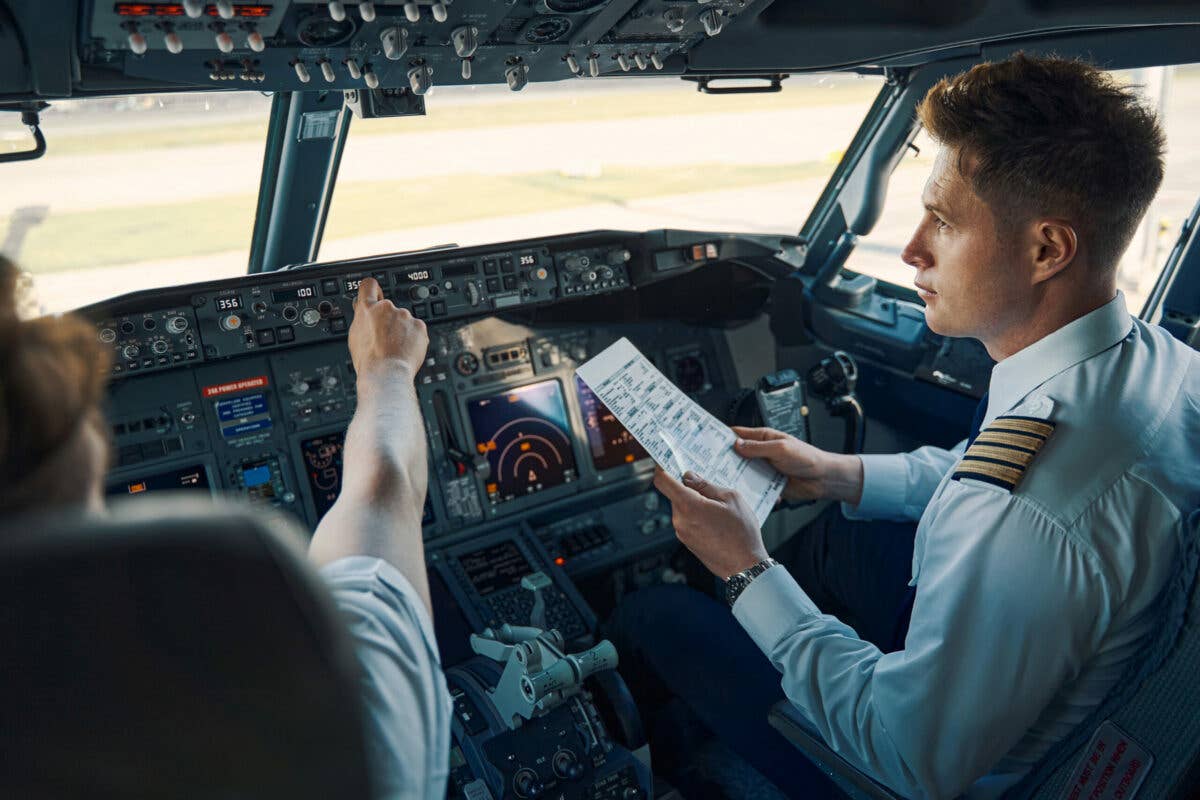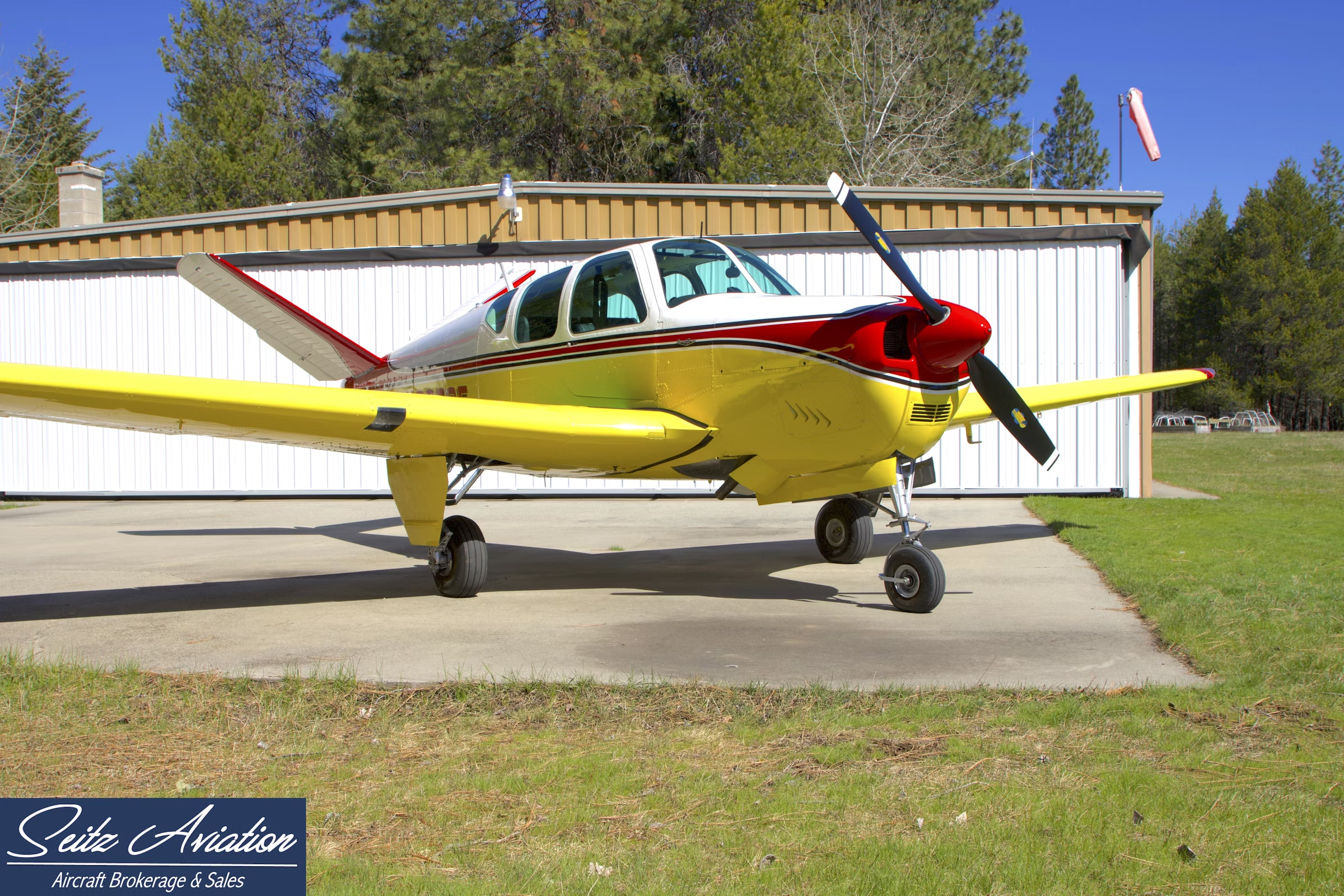FAA Moves to Streamline Launch Licenses for Commercial Space Firms
Private companies launched or landed on U.S. soil 148 times in fiscal year 2024, a 30 percent increase year over year.

SpaceX’s Falcon 9 rocket is the launch vehicle of choice for both NASA and the Pentagon. [Courtesy: SpaceX]
After a record year for commercial spaceflight, the FAA is taking steps to streamline the process for licensing launches and landings.
According to FAA data, commercial space operators launched from or landed on U.S. soil 137 times during fiscal year 2024—an uptick of 30 percent year over year and 900 percent over the past decade. The agency would like to see that cadence continue to grow and is launching an aerospace rulemaking committee (ARC) to refresh its launch licensing rules.
Officials expect the ARC to deliver a report with suggested changes to the FAA’s Part 450 regulations by late summer 2025 and will use its recommendations to plan future rules.
“The FAA is seeking to update the licensing rule to foster more clarity, flexibility, efficiency, and innovation,” said Kelvin Coleman, associate administrator for commercial space transportation at the FAA. “Making timely licensing determinations without compromising public safety is a top priority.”
Part 450 covers many commercial space operations in the U.S. and was designed to minimize back-and-forth between the FAA and industry. Seven companies have obtained launch or reentry licenses under the rule, among them Stratolaunch, Varda Space, and Astra Space.
SpaceX, though, dwarfs all other Part 450 license holders. The firm accounted for 118 of the 142 launches the FAA’s Office of Commercial Space Transportation licensed in the past fiscal year, or more than 80 percent.
SpaceX and U.S. elected officials have publicly challenged the FAA for what they perceive as bureaucratic red tape that is causing unnecessary launch delays. FAA Administrator Mike Whitaker defended the agency’s process to Congress during an October hearing, saying that any delays are “necessary” for safety.
The FAA on Thursday said its staff is at an all-time high of 165, up from 118 two years ago. In fiscal year 2024, it issued two new licenses, 10 renewals, and 37 modifications. Per the agency’s own forecast, however, commercial launches and landings could approach 300 per year by fiscal year 2028.
To keep pace with commercial space technology—and help American firms keep pace with competitors abroad—the agency will begin meeting with a committee of industry and academia next month. The ARC will analyze flight safety, system safety, means of compliance, and other topics to identify ways to accelerate the licensing process.
In the meantime, the FAA encouraged commercial launch providers to speed up things themselves by consulting with the Office of Commercial Space Transportation, which it said could help them better understand the application and modification process.
Like this story? We think you'll also like the Future of FLYING newsletter sent every Thursday afternoon. Sign up now.

Sign-up for newsletters & special offers!
Get the latest FLYING stories & special offers delivered directly to your inbox






